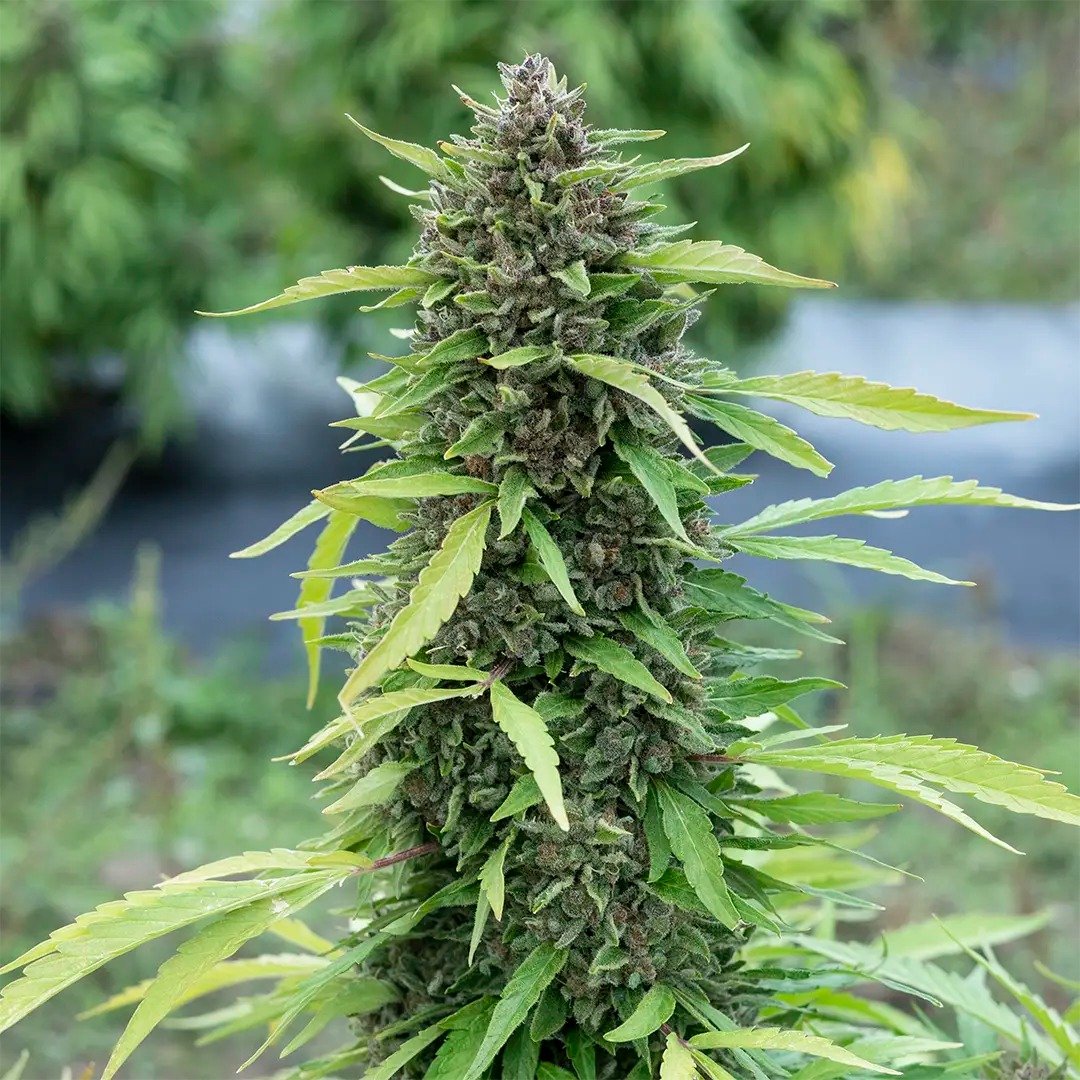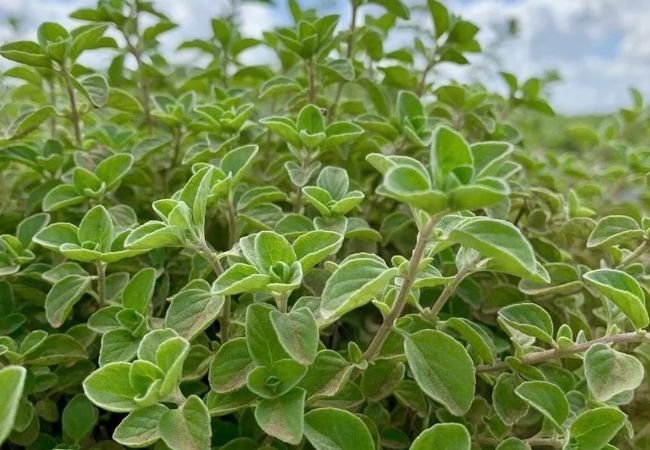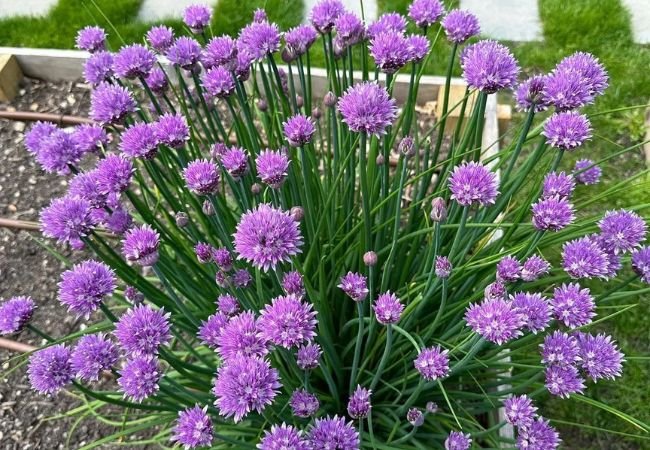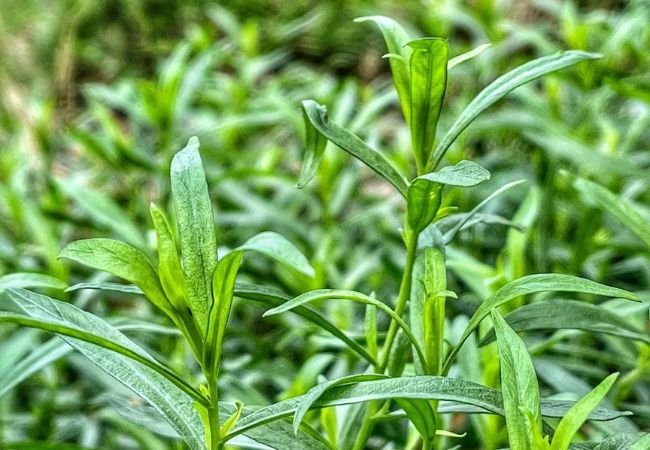How to Grow CBD Flower at Home: A Step-by-Step Guide
Learn how to grow CBD flower at home with our step-by-step guide. Discover essential tips, tools, and techniques for successful home cultivation of CBD-rich plants.
Growing CBD flower at home can be a fun and rewarding experience. Whether you’re looking to save money or have more control over your CBD supply, this guide will help you get started. We’ll cover everything you need to know, from picking the right seeds to harvesting your CBD-rich buds.
What is CBD Flower?

Here’s a short information chart about CBD flower:
| CBD Flower | Information |
|---|---|
| Definition | The flower buds of the hemp plant (Cannabis sativa) that contain high levels of cannabidiol (CBD). |
| Legal Status | Legal in many countries and states where cannabis is permitted for medicinal or recreational use. |
| CBD Content | Contains significant levels of CBD (cannabidiol), typically ranging from 10% to 20% or more. |
| THC Content | Generally contains less than 0.3% THC (tetrahydrocannabinol), which is the psychoactive compound. |
| Usage | Smokable or vaporizable. Can also be used in cooking or as an ingredient in various CBD products. |
| Effects | Non-intoxicating; known for potential therapeutic effects such as pain relief, relaxation, and more. |
| Forms Available | Whole flower buds, pre-rolls, and extracts such as oils, tinctures, and edibles. |
| Benefits | Potential relief from anxiety, inflammation, insomnia, and other health issues without the high. |
| Considerations | Quality varies; important to buy from reputable sources to ensure purity and safety. |
Before we dive into the growing process, let’s talk about what CBD flower is. CBD, short for cannabidiol, is a compound found in cannabis plants. Unlike THC, CBD doesn’t make you feel high. Many people use CBD for its potential health benefits, like reducing anxiety and pain.
CBD flower comes from hemp plants, which are cannabis plants with very low THC levels. When you grow CBD flower, you’re growing hemp plants that are rich in CBD but low in THC.
Is It Legal to Grow CBD Flower?
The legal status of growing CBD flower can be tricky. In the United States, the 2018 Farm Bill made it legal to grow hemp with less than 0.3% THC. However, state laws can vary. Before you start growing, check your local laws to make sure it’s allowed where you live.
For more information on the legal status of hemp, you can visit the USDA website.
Getting Started: What You’ll Need
To grow CBD flower at home, you’ll need a few things:
- Seeds or Clones: You can start with CBD-rich hemp seeds or clones (small plants).
- Growing Medium: Soil or a hydroponic system.
- Containers: Pots or grow bags for your plants.
- Lights: If growing indoors, you’ll need grow lights.
- Nutrients: Plant food to keep your CBD plants healthy.
- pH Meter: To check the pH of your water and soil.
- Thermometer and Hygrometer: To monitor temperature and humidity.
- Fans: For air circulation.
- Pruning Shears: For trimming your plants.
Choosing Your CBD Seeds or Clones
Picking the right seeds or clones is crucial for growing high-quality CBD flower. Look for strains that are known for their high CBD content and low THC levels. Some popular CBD-rich strains include:
- Charlotte’s Web
- ACDC
- Harlequin
- Sour Space Candy
- Suver Haze
When buying seeds, make sure to get them from a reputable source. You can find CBD hemp seeds online or at some local garden stores.
Setting Up Your Growing Space
You can grow CBD flower indoors or outdoors. Each method has its pros and cons:
Indoor Growing:
- Pros: More control over environment, year-round growing, privacy.
- Cons: Higher setup costs, needs more attention.
Outdoor Growing:
- Pros: Lower costs, larger plants, natural sunlight.
- Cons: Depends on climate, less privacy, potential pest issues.
For indoor growing, you’ll need to set up a grow tent or dedicate a space in your home. Make sure it’s clean and can be easily controlled for light, temperature, and humidity.
For outdoor growing, choose a sunny spot with good drainage. CBD plants like lots of sunlight, so aim for at least 6 hours of direct sun daily.
Germinating Your Seeds
If you’re starting from seeds, you’ll need to germinate them first. Here’s a simple method:
- Soak your seeds in water for 24 hours.
- Place the seeds between damp paper towels on a plate.
- Cover with another plate to keep moisture in.
- Keep in a warm, dark place for 2-5 days.
- Once the seeds sprout a small white root, they’re ready to plant.
Planting Your CBD Seeds or Clones
Once your seeds have sprouted or you have your clones ready, it’s time to plant:
- Fill your pots with soil. Use a high-quality potting mix.
- Make a small hole in the soil, about 1/2 inch deep.
- Gently place the sprouted seed or clone in the hole.
- Cover with soil and water lightly.
- Place under your grow light or in your outdoor spot.
Caring for Your CBD Plants
Growing healthy CBD plants requires attention to several factors:
Light: CBD plants need lots of light. If growing outdoors, make sure they get at least 6 hours of direct sunlight. For indoor growing, use LED or HPS grow lights. During the vegetative stage, give 18-24 hours of light daily. In the flowering stage, switch to 12 hours of light and 12 hours of darkness.
Water: Water your plants when the top inch of soil feels dry. Don’t overwater – CBD plants don’t like “wet feet.”
Nutrients: Use a balanced fertilizer during the vegetative stage. Switch to a bloom fertilizer when flowering starts. Always follow the instructions on your nutrients.
pH: Keep your soil pH between 6.0 and 7.0. Use your pH meter to check regularly.
Temperature and Humidity: CBD plants prefer temperatures between 70-85°F (21-29°C) during the day and slightly cooler at night. Keep humidity around 50-60% during vegetative growth, lowering to 40-50% during flowering.
Air Circulation: Use fans to keep air moving around your plants. This helps prevent mold and strengthens the stems.
For more detailed information on plant care, check out this guide from Purdue University .
The Growing Stages
Growing CBD flower happens in several stages:
- Seedling Stage (2-3 weeks): Your plants are small and delicate. Keep them in a humid environment with gentle light.
- Vegetative Stage (3-16 weeks): Plants grow bigger and bushier. This is when you’ll do most of your training and pruning.
- Flowering Stage (6-8 weeks): Plants start producing buds. You’ll see small white hairs appear, which will eventually develop into CBD-rich flowers.
- Harvesting: When most of the white hairs have turned amber, it’s time to harvest.
Training Your Plants
Training helps your plants grow more efficiently. Here are two simple methods:
Low Stress Training (LST): Gently bend and tie down branches to create an even canopy.
Topping: Cut off the top of the main stem to encourage more lateral growth.
Dealing with Pests and Diseases
Keep an eye out for common issues:
- Spider Mites: Tiny pests that leave webs on your plants.
- Powdery Mildew: A white, powdery fungus on leaves.
- Bud Rot: Mold that affects your buds, often due to high humidity.
Prevent these by keeping your grow space clean, maintaining good air circulation, and not overwatering. If you spot problems, act quickly. You can use organic pesticides or fungicides, but always check if they’re safe for plants you plan to consume.
Harvesting Your CBD Flower
Knowing when to harvest is crucial for potency. Look for these signs:
- Most of the white hairs (pistils) have darkened and curled in.
- The buds feel firm and sticky.
- Leaves start to yellow and die back.
To harvest:
- Cut down the whole plant or remove buds individually.
- Trim off large fan leaves.
- Hang branches upside down in a dark, cool room (60-70°F or 15-21°C) with 50% humidity.
- Let dry for 7-14 days until stems snap when bent.
Curing Your CBD Buds
Curing improves the flavor and smoke quality of your CBD flower:
- Place dried buds in glass jars, filling them about 75% full.
- Seal and store in a cool, dark place.
- Open jars daily for the first week to let fresh air in (called “burping”).
- After a week, burp jars every few days.
- Cure for at least 2-4 weeks. Some people cure for several months.
For more on post-harvest handling, check out this resource from Oregon State University.
Testing Your CBD Flower
To know the exact CBD content of your homegrown flower, you’ll need to have it tested at a lab. This is especially important if you’re growing for medical use or want to ensure your plants are under the legal THC limit.
Conclusion
Growing your own CBD flower at home can be a rewarding experience. It allows you to control the quality of your CBD and can be more cost-effective than buying pre-made products. Remember, the key to success is patience and attention to detail. Start with good genetics, provide the right environment, and care for your plants consistently.
As you gain experience, you’ll develop a feel for what your plants need. Don’t be discouraged if your first grow isn’t perfect – each cycle is a chance to learn and improve. With time and practice, you’ll be producing high-quality CBD flower right in your own home.
Always stay informed about the legal status of CBD cultivation in your area, and consider getting your harvests tested to ensure quality and compliance. Happy growing!




One Comment